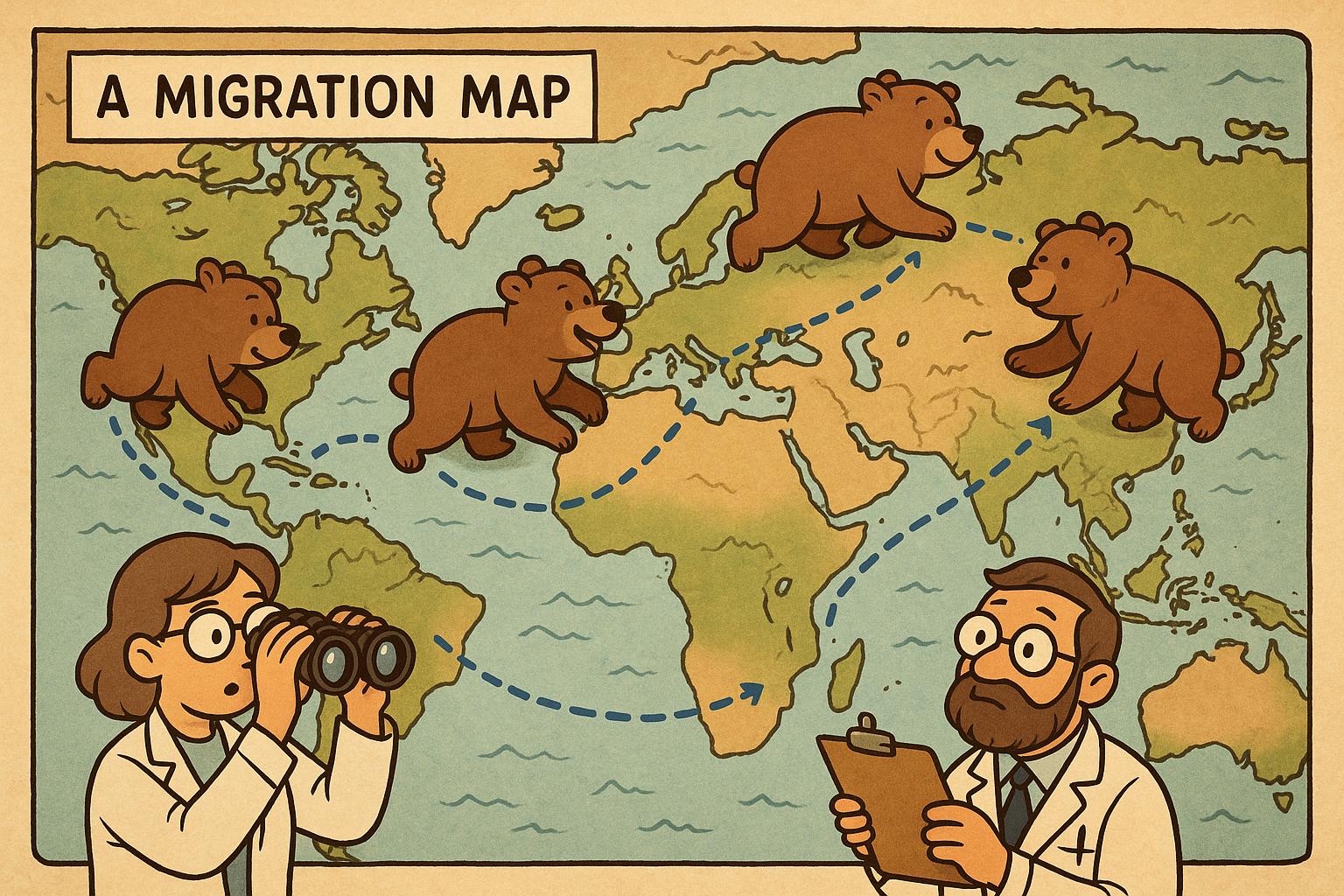Understanding Bear Migration: An Emerging Field of Study
In recent years, researchers have intensified their efforts to understand bear migration patterns. These studies are crucial for conservation efforts and provide insights into ecological shifts attributable to climate change. Mapping the movements of various bear species helps scientists gauge the health of ecosystems and predict changes in population dynamics.
The Science Behind Tracking Bears
Advancements in technology have facilitated the study of bear migration. With the aid of GPS collars and satellite imagery, scientists can now collect precise data over extended periods. This information is invaluable in understanding how bears interact with their environment, their habitat preferences, and their responses to climatic changes.
GPS Tracking and Data Collection
Bears are equipped with GPS collars that transmit location data to researchers. This method allows for accurate tracking without disrupting the bears’ natural behavior. The data collected is then analyzed to identify migration routes and habitat use during different seasons. This method is not only efficient but also minimizes human interference with wildlife.
Key Findings in Bear Migration
Migration patterns vary significantly among different bear species. For instance, polar bears traverse large distances over sea ice, particularly during hunting seasons. On the other hand, black bears have shown more localized movements, often dictated by food availability and seasonal weather changes. These findings reflect the diversity in ecological needs and adaptability among bear species.
Impact of Climate Change
Rising temperatures and melting ice caps have profoundly affected bear migration. For polar bears, reduced sea ice limits access to traditional hunting grounds, forcing them to travel further. Grizzly bears, commonly found in mountainous areas, often move to higher altitudes as temperatures rise, seeking cooler climates and sufficient food.
Implications for Conservation
Understanding bear migration is vital for developing effective conservation strategies. By identifying critical habitats and migration corridors, conservationists can advocate for protected areas and create policies that mitigate human-wildlife conflicts. Furthermore, this knowledge is integral in predicting how bear populations may shift in response to environmental changes and planning accordingly.
For further information on bear conservation programs, visit the World Wildlife Fund or National Geographic.
Bears as Ecological Indicators
As apex predators, bears play a crucial role in maintaining the balance of their ecosystems. Studying their migration offers insights not only into their survival strategies but also into broader ecological challenges. Observing how bears adapt to environmental changes provides a clearer picture of the health of our planet and highlights the urgent need for comprehensive global climate action.

